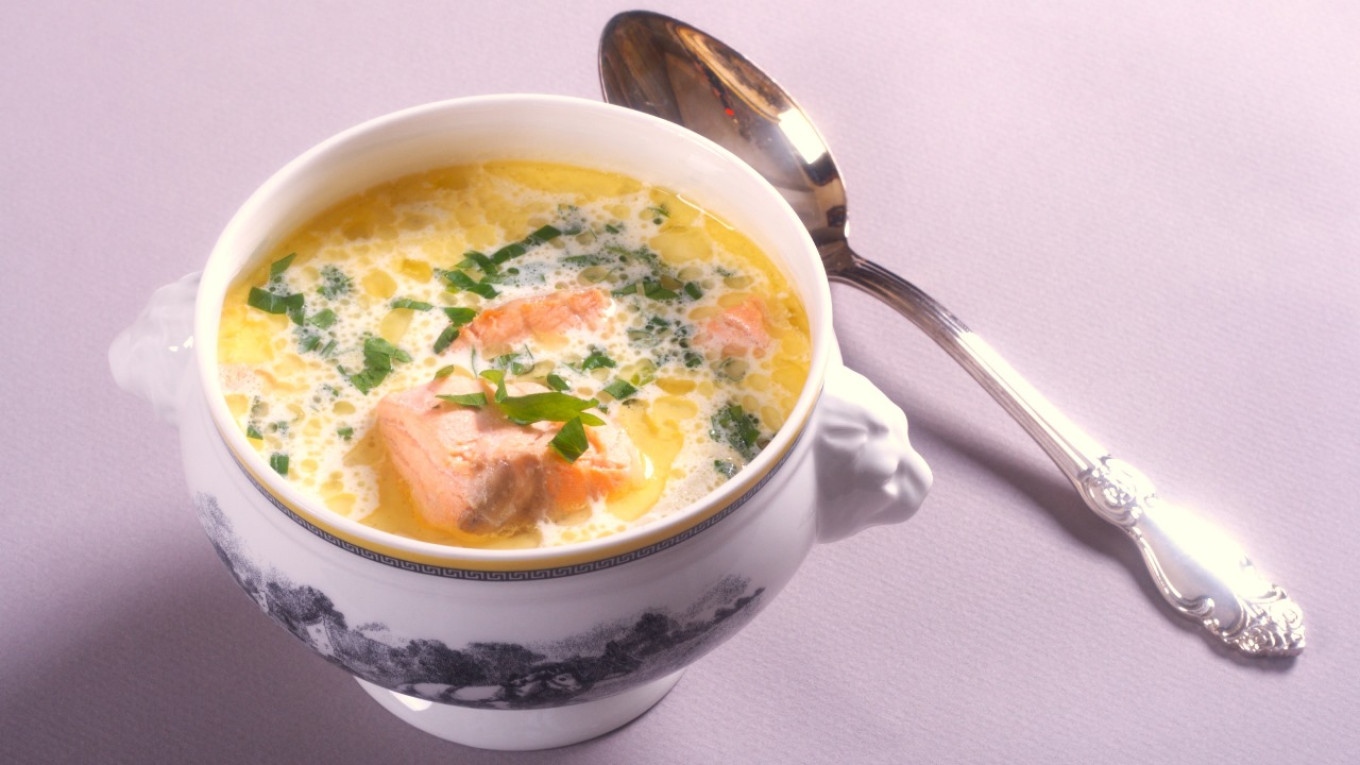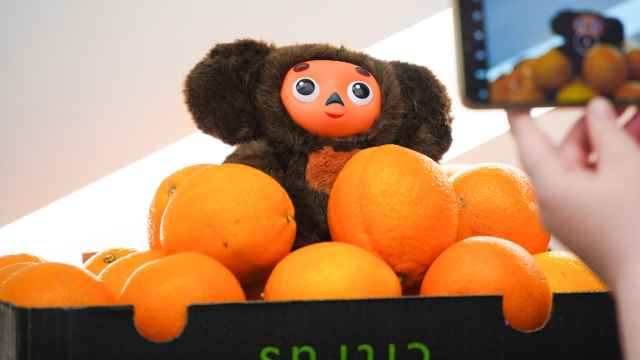Karelian cuisine is a kind of culinary time machine. It includes dishes and traditions not only of Karelians, but also of ancient Novgorodians from the 14th century, Veps, Izhors and other nationalities that only have a few thousand people. To eat Karelian food is to take a journey into the past.
This marvelous forest and lake region is famous for its rich and generous nature, and the local population is renowned for its warmth and hospitality. Any feast in Karelia includes fish cooked in different ways, pickled mushrooms, soused cowberries... There has always been an abundance of pickled freshwater fish (there are about 60,000 lakes in this region, a huge number of rivers and creeks that are home to 60 species of fish). But there is absolutely no smoked fish that is so common in Baltic cuisines. The menu of Karelian cuisine necessarily includes kalarokka — fish soup.
The most typical fish soups are a milk soup made of whitefish and pickled fish. Unlike clear Russia soups, kalarokka is cloudy: after the fish is boiled a little, fish milt (roe) and liver, potatoes or pearl barley is added. In the north they often add flour, in particular, flour called sushchika made of dried fish, or egg. This Karelian soup is a hearty meal.
And, of course, some soups are made with cream, the analog of the Finnish soup Lohikeitto. But to save money enterprising Karelians use white fish (kala in Finnish) instead of salmon (lohi in Finnish). The result is kalakeitto.
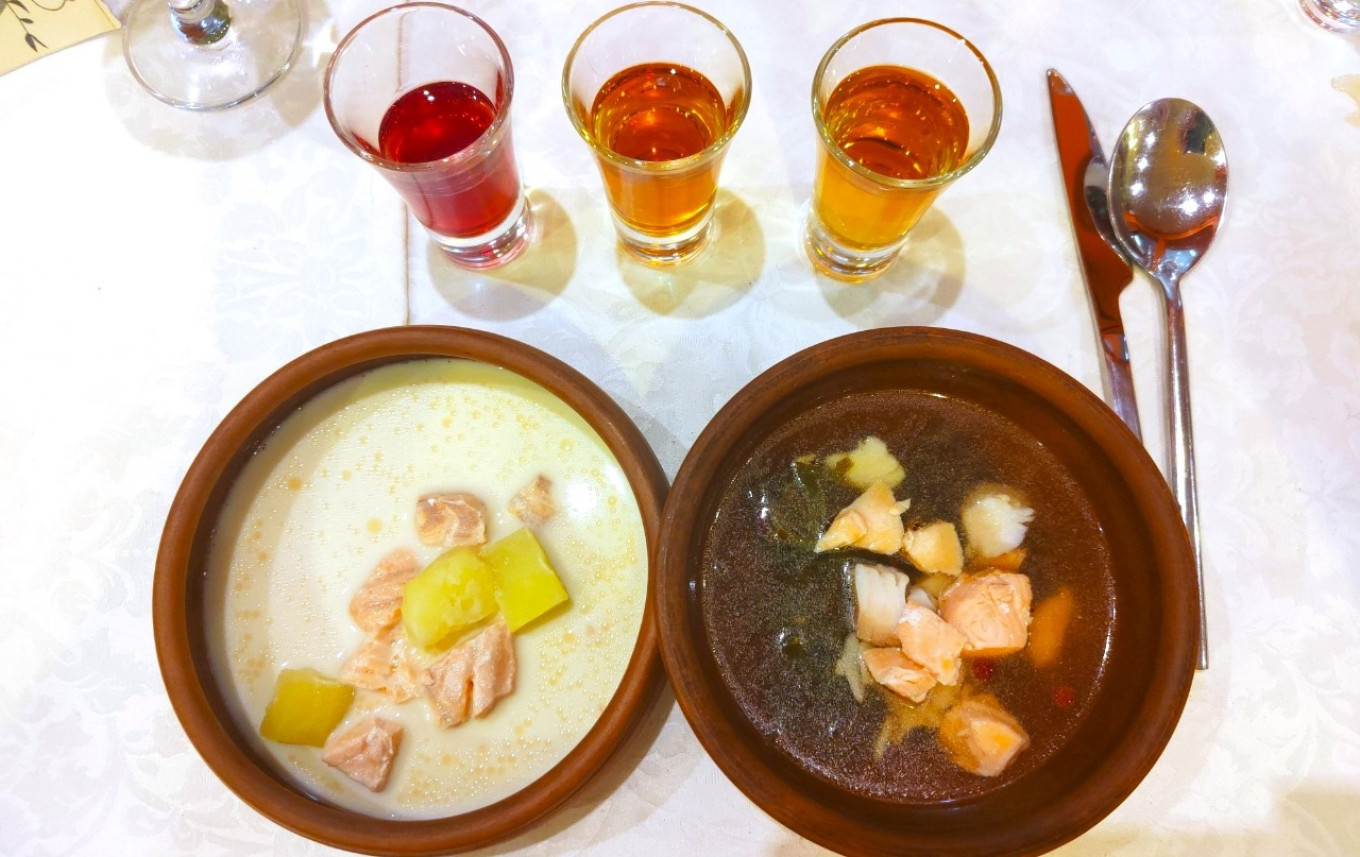
In the past Karelians did not use spices (pepper, bay leaf, etc.), and this tradition has been so persistent that even now many families do without them. But in some villages they would add a few pieces of sour bread, pine or birch buds to the soup for flavor.
A traditional Karelian and Vepsian dish is fish pie. The crust of the pie is a yeast sourdough made of rye or wheat flour. The filling is whitefish, smelt or cod fish. In central Karelia and the south, fish pies were “closed” (covered with dough), and cooks checked to see if they were ready by taking them out of the oven and shaking them. If the fish inside “walked” (moved around), it meant that the pie was ready. The pie would be basted with water or turnip kvass and covered with a towel.
In the north they used to bake open fish pies made with freshly salted fish. These fish pies are still a favorite dish of Karelians and Pomors. They are baked on holidays, as well as sold in stores and served in restaurants as a traditional dish.
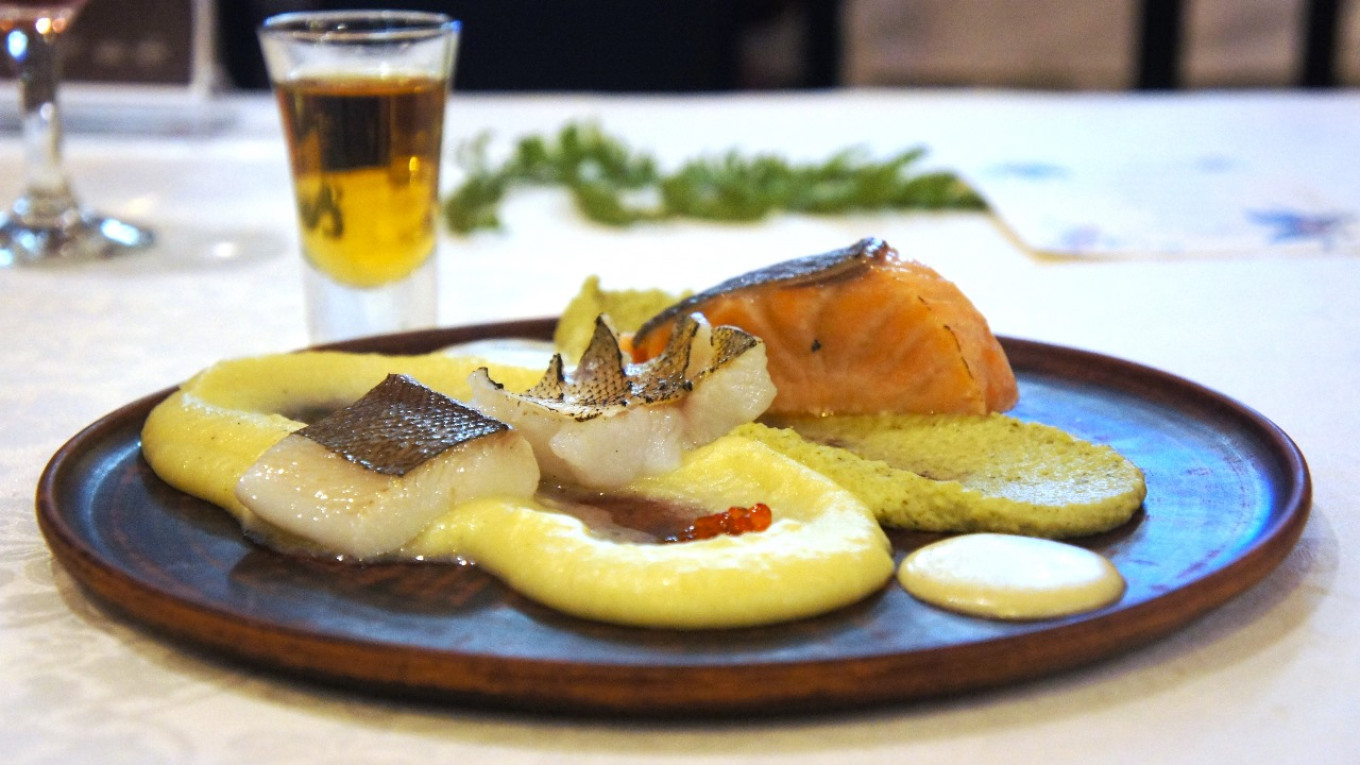
Cattle breeding has never been the main occupation for Karelians. Beef might still appear on tables, although not that often, and even less often do they eat lean lamb and pork. Cows were kept for milk and dairy products. Sour cream, cottage cheese, sourdough, and condensed milk could be found on most farms. They were consumed in natural form, used as dressings and bases for various dishes, added to both pie fillings and dough.
Since the development of agriculture in these regions, grain crops — rye, oats, barley — formed the basis of their diet. Bread (leipa), round rye bread, often with a hole in the middle (reikaleipa), was usually “sour,” that is, made with with sourdough. Flatbread with a hole, once made by a horn and now by a drinking glass, was easily strung on thin poles to dry and then stored in homes.
No less popular were thin unleavened flat cakes called "skantsy," which in the old days were often baked like pancakes and served in a stack and heavily buttered. The dough for them was made simply. Rye or barley flour was kneaded with water or sour milk, slightly salted, then rolled out with a rolling pin and baked in a pan on coals in the oven.
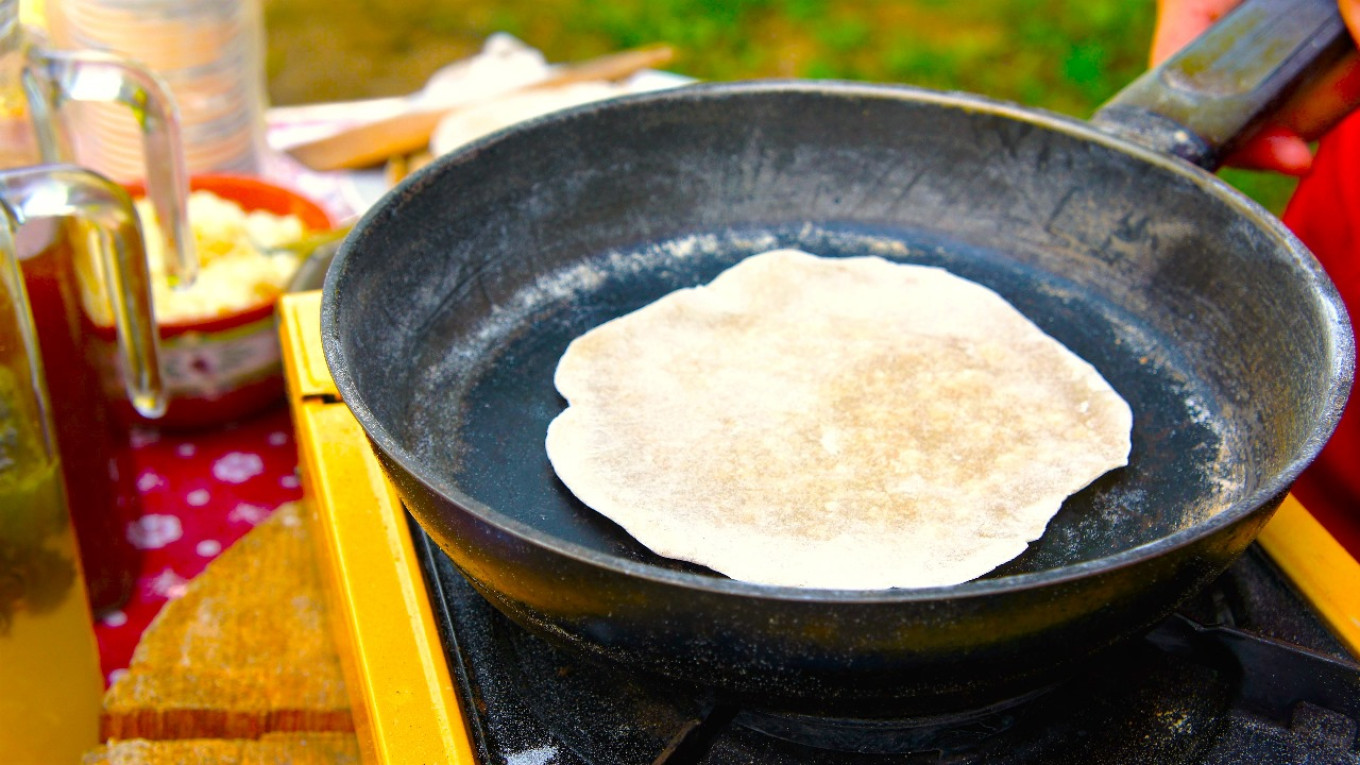
Often a filling of thin porridge or barley soaked overnight in simple sourdough was spread on skantsy. They were then rolled up in a special way: people would turn down edges on both sides and then fold it and eat it.
Sometimes housewives would put a tablespoon of filling on the flat dough, pleat the edges like an accordion to make a half-open pie with a hole in the middle. It was basted with sour cream beaten with egg and baked in the oven. These are the famous Karelian kalitki, still served, steaming hot, today.
Kalitki pies are baked all over the Russian North. Even in Finland they are known and loved. They vary slightly by region. Kalitki can be oblong (in the form of a boat), round, quadrangular and polygonal. The filling is most often porridge made with milk, lately — mashed potatoes and milk.
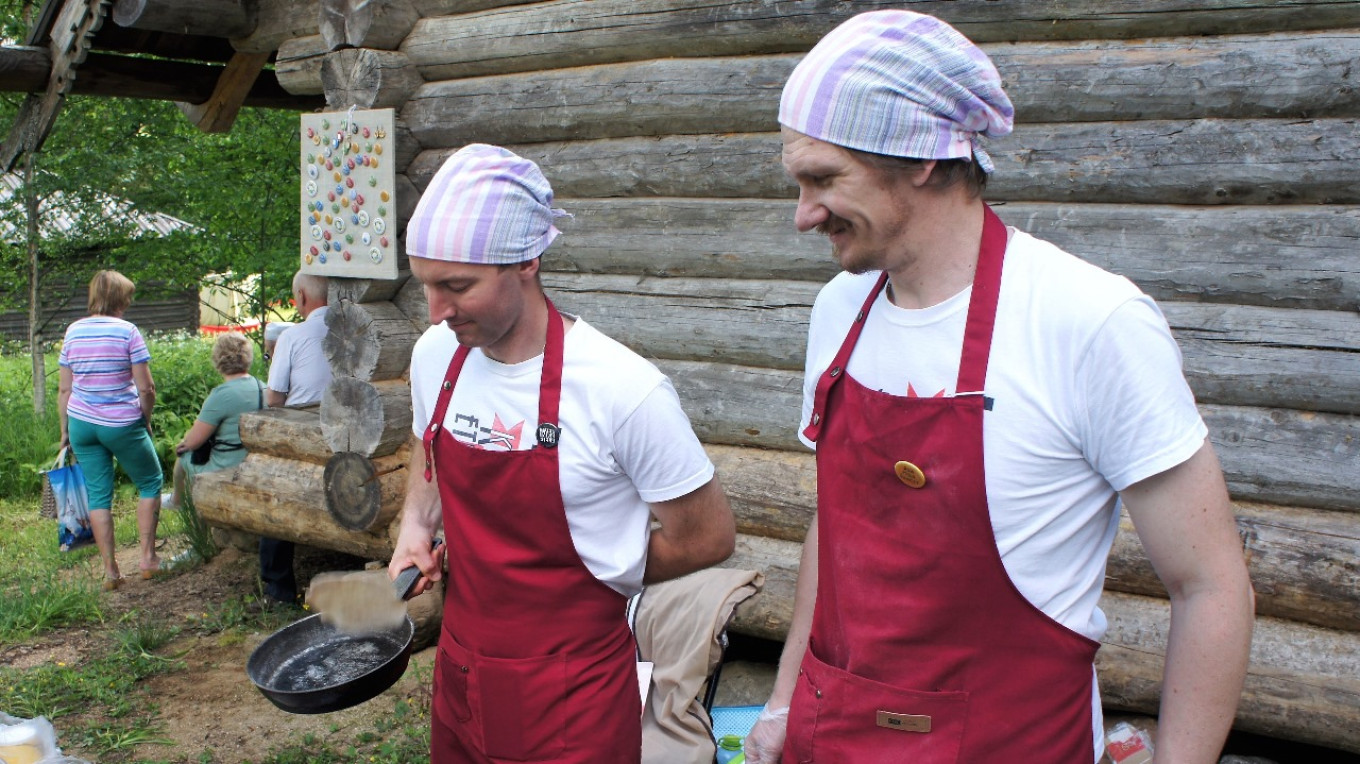
Now they are made with a variety of fillings (since the 19th century they were made with lingonberries, buckwheat, oatmeal, and potatoes), sometimes during the meal they are buttered and dipped in hot milk or served with fish soup. In any Karelian town you can taste kalitki in many cafes and restaurants, as well as buy them in street stands.
What do you wash your kalitki down with? Strong sweet Karelian tea with condensed milk. But in the past “tea” for Karelians meant infusions made with St. John's wort, raspberry and cowberry leaves, or birch tree mushrooms.
Karelian dinner often begins with rich, cream-based soup — this Finnish-Karelian soup called Lokhikeitto.
Lokhikeitto
Ingredients
- 400 g (scant 1 lb) salmon fillet
- 5 medium potatoes
- 2 carrots
- 1 stalk leek or 2 small onions
- 800 ml (3 1/3 c) water
- 200 ml (generous ¾ c) 20% fat cream
- Bay leaf
- Freshly ground black pepper
- Salt
- Dill for garnish
Instructions
- Dice the potatoes and carrots into small cubes. Slice the leeks into half rings.
- Place vegetables in large sauce pan, add cold water, pepper and bay leaf. Boil the vegetables until tender.
- Remove the skin and bones from the salmon fillet. Cut into strips.
- Add fish and cream to vegetables and salt to taste. Cook over low heat until fish is cooked — about 3-5 minutes. Serve with dill and rye bread.
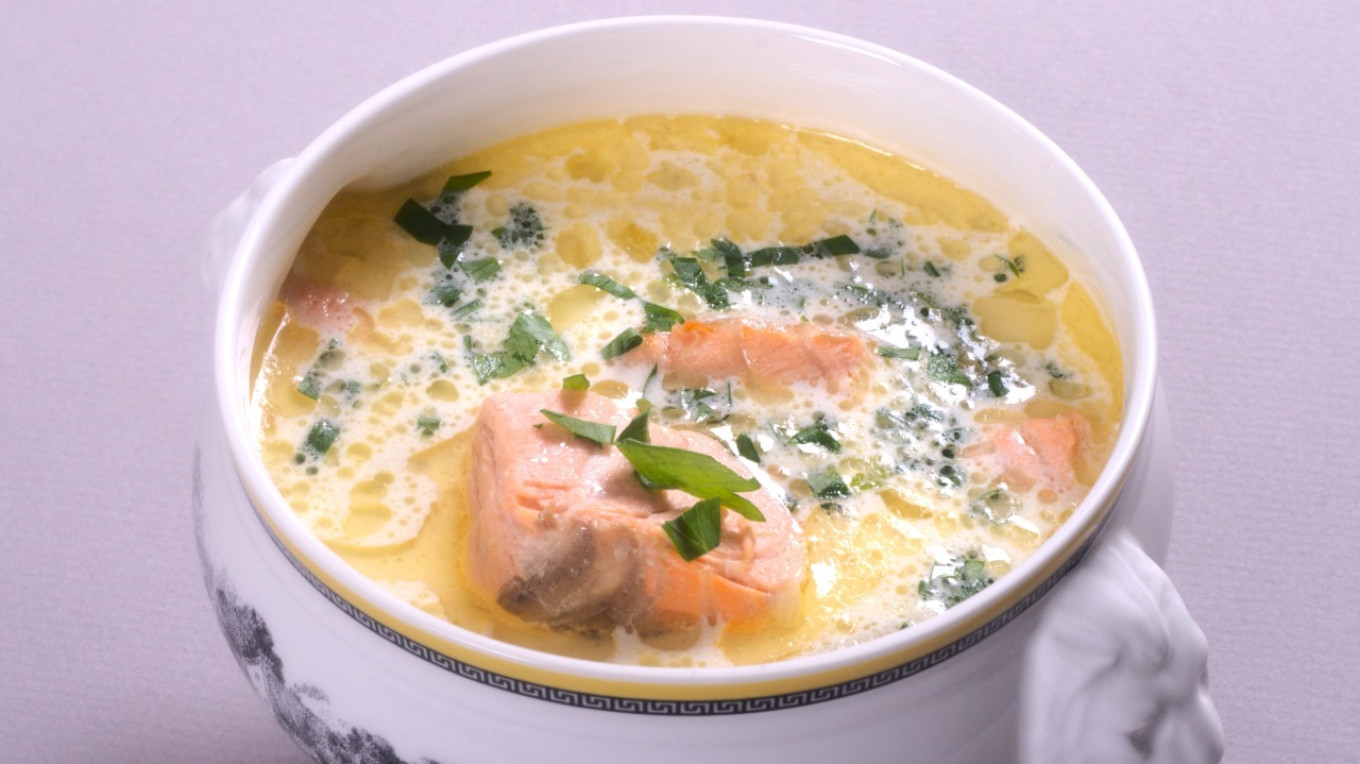
A Message from The Moscow Times:
Dear readers,
We are facing unprecedented challenges. Russia's Prosecutor General's Office has designated The Moscow Times as an "undesirable" organization, criminalizing our work and putting our staff at risk of prosecution. This follows our earlier unjust labeling as a "foreign agent."
These actions are direct attempts to silence independent journalism in Russia. The authorities claim our work "discredits the decisions of the Russian leadership." We see things differently: we strive to provide accurate, unbiased reporting on Russia.
We, the journalists of The Moscow Times, refuse to be silenced. But to continue our work, we need your help.
Your support, no matter how small, makes a world of difference. If you can, please support us monthly starting from just $2. It's quick to set up, and every contribution makes a significant impact.
By supporting The Moscow Times, you're defending open, independent journalism in the face of repression. Thank you for standing with us.
Remind me later.



